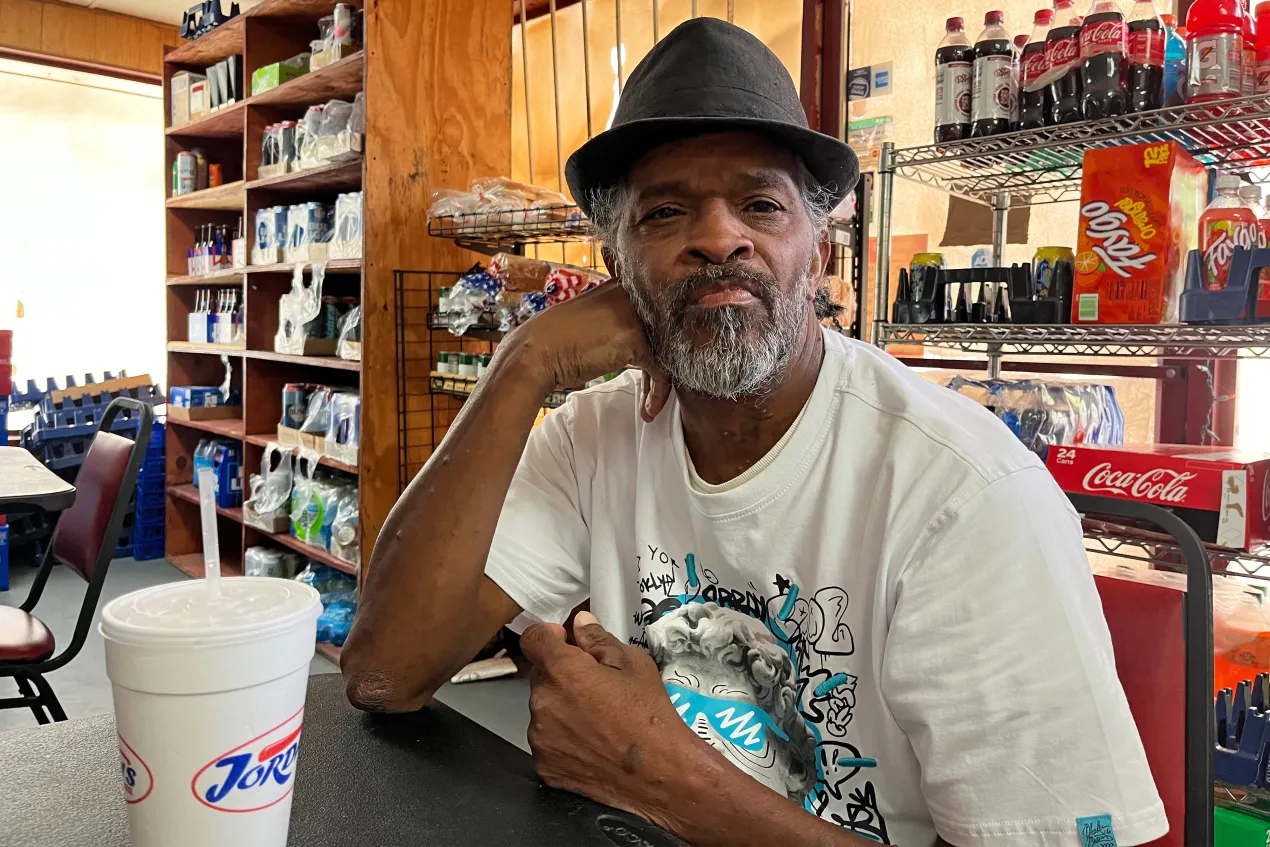In rural Phillips County, Arkansas, a community of 15,000 grapples with a staggering issue: endemic gun violence. Located along the Mississippi River, this area has seen alarming rates of gun-related homicides, outstripping many urban centers in per capita statistics. From 2016 to 2020, Phillips County held the dubious distinction of having the highest gun homicide rate in the United States, according to the Center for American Progress.

The impact of this violence is deeply personal for residents like Courtney Porter, who tragically lost his younger brother Patro to a fatal shooting. Patro’s death, like many others in the county, stemmed from mundane disputes escalating into deadly encounters—a pattern exacerbated by the easy availability of firearms in a region with lax gun laws.
Structural issues rooted in historical neglect and poverty contribute significantly to the community’s challenges. Phillips County, scarred by a history of racial violence including the 1919 Elaine massacre, continues to face systemic barriers to development and resources. These conditions, experts argue, breed an environment where violence becomes a distressingly common outcome of everyday conflicts.
Local leaders, including Mayor Lisa Hicks Gilbert, are working against these odds. Initiatives such as revitalizing public spaces, enforcing property standards, and investing in youth programs aim to foster community resilience and offer alternatives to violence. Despite these efforts, the road to reducing gun violence in Phillips County remains long and arduous.
The story of Phillips County serves as a stark reminder of the broader implications of gun violence in rural America, where communities struggle with limited resources and entrenched poverty. As the debate over gun control continues nationwide, places like Phillips County illustrate the urgent need for comprehensive approaches addressing both access to firearms and underlying socioeconomic disparities.